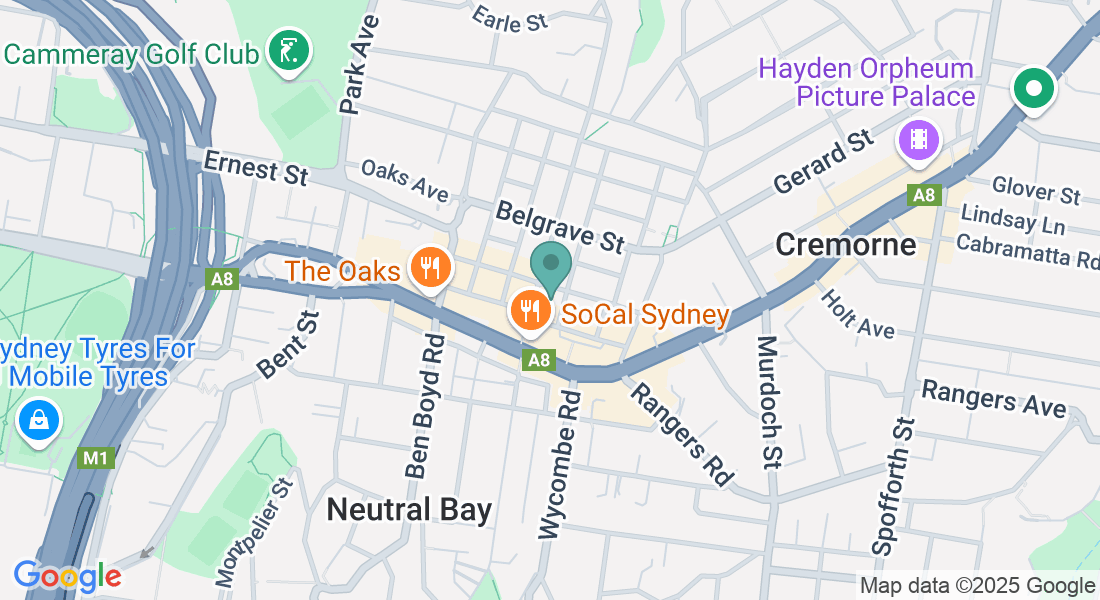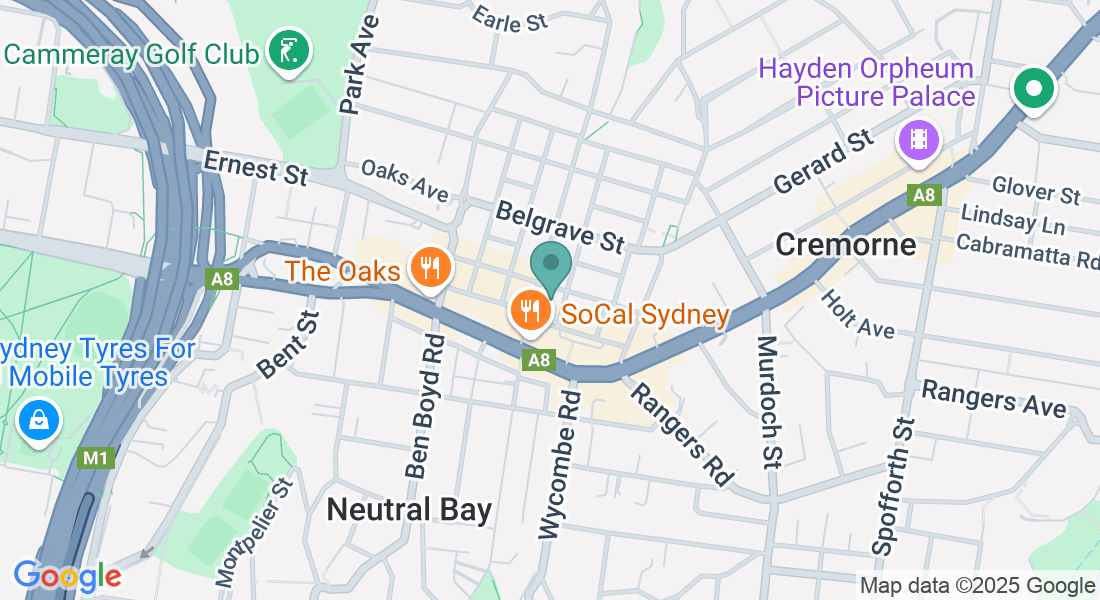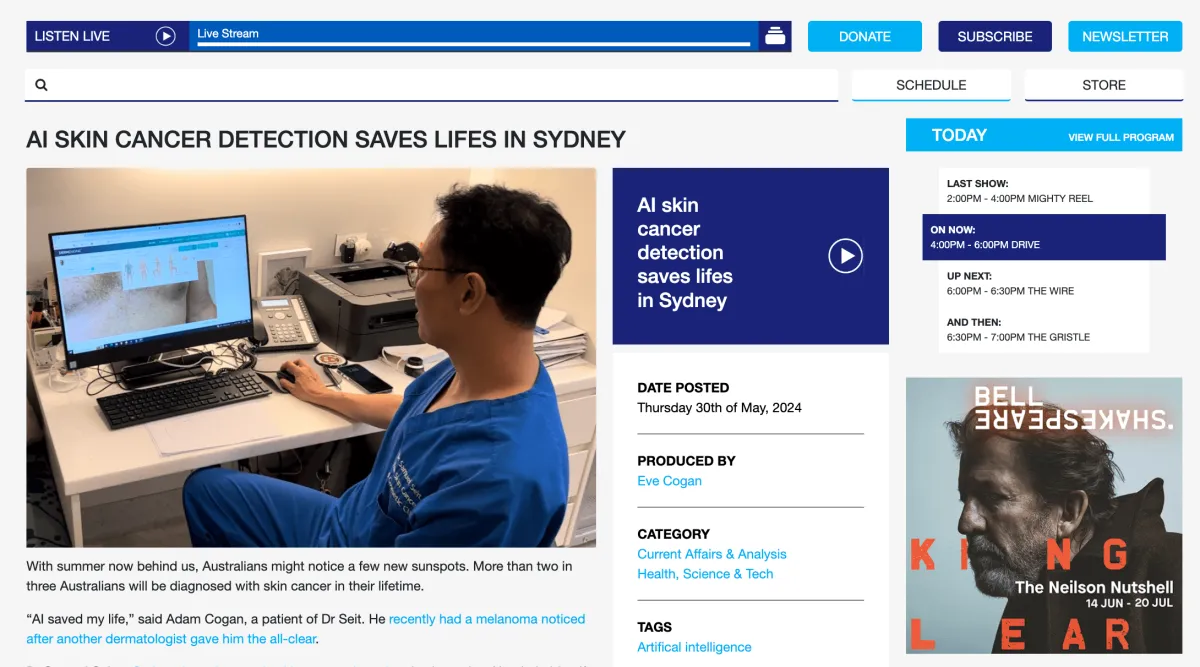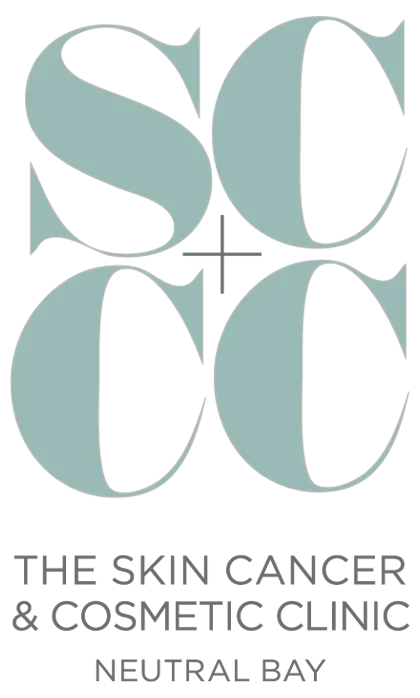
Shop 7 / 27-35 Grosvenor St. Neutral Bay NSW 2089

Book An Appointment Or Request A Free Call Back - Receive A Professional Opinion
Early Detection Is Your Skin’s Best Chance Against Melanoma!
Don’t delay!
Book today at Sydney's Leading Skin Cancer Clinic. We are professionals in detecting Skin Cancer with our AI Speclipse Skin Cancer Check Laser.
Early detection is your skin’s best chance against melanoma!
Book today at Sydney's Leading Skin Cancer Clinic.
We are professionals in detecting Skin Cancer with our AI Speclipse Skin Cancer Check Laser.
AS SEEN IN



LATEST TECHNOLOGY
State of the art equipment for
the best results.
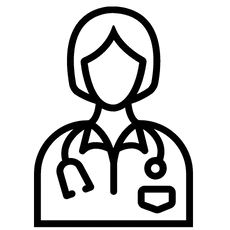
CERTIFIED DOCTORS
Over 50,000 treatments performed
& 26 years of experience.

SAFE TREATMENTS
Expert techniques and knowledge
to avoid complications.

PERSONALISED CARE
Customised approach to your
specific needs and concerns.
Invisible
Virtually invisible which means you can straighten your teeth without people noticing.
Removable
One of the best benefits is that you can remove them for eating. You don't have to avoid foods you love while getting the smile you want!
Active Lifestyle
They allow you to continue to play sports without worrying about braking them.
Brushing
Your Teeth
It's much easier to keep up good dental hygiene because you can remove the aligners to brush and floss.
comfortable
Invisalign aligners are comfortable, with no metal brackets to irritate your gums or the inside of your mouth.
Over
5 Million Cases
Invisalign has been used by over 5 million people. This means Invisalign has a lot of data and is continuously making improvements. It's a brand you can trust.
Ready for the reassurance of knowing your skin is in check?
Don't chance it, check it!
This Is What To Expect In Your Skin Cancer Check Appointment
The patient is undressed down to the underwear. The doctor will examine your skin from head to toe, looking for the above common skin cancers, pre-cancerous sun spots (Actinic Keratoses) and also note existing benign lesions such as seborrhoeic keratoses, benign naevus (normal moles). The pre-cancerous sun spots are often treated with cryotherapy when identified, while lesions suspected of skin cancer need a biopsy under local anaesthetic. More advanced skin checks might include AI-total body imaging and the use of Laser Induced Plasma spectroscopy to analyse lesions real-time.
Melanoma Skin Cancers
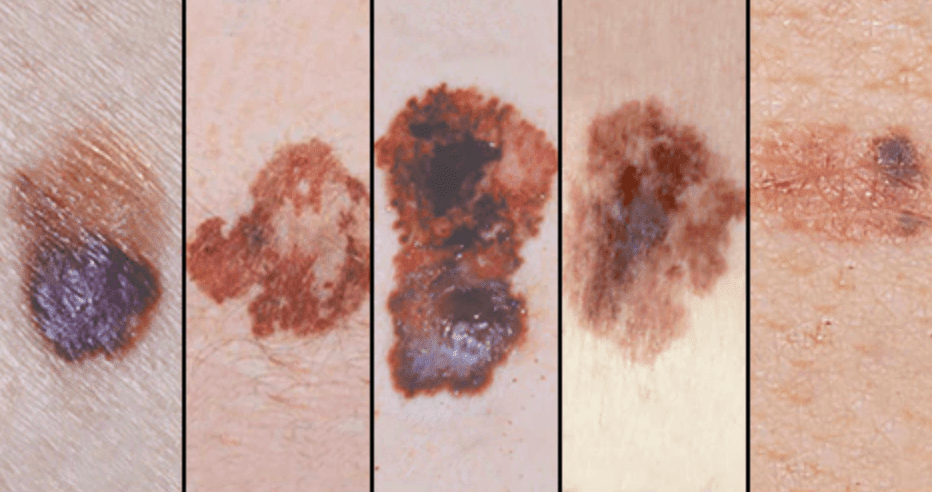
Melanomas
Melanomas are the most dangerous of skin cancers and have to be managed quickly and carefully. They may arise from an abnormal mole or in normal skin. There is often a history of a severe sunburn episode in the past (maybe 5-10 years ago).
For suspicious lesions, traditional surgical excision with primary closure with suturing is the method of choice and the whole excised mole is sent for histopathological examination.
Non-Melanoma Skin Cancer
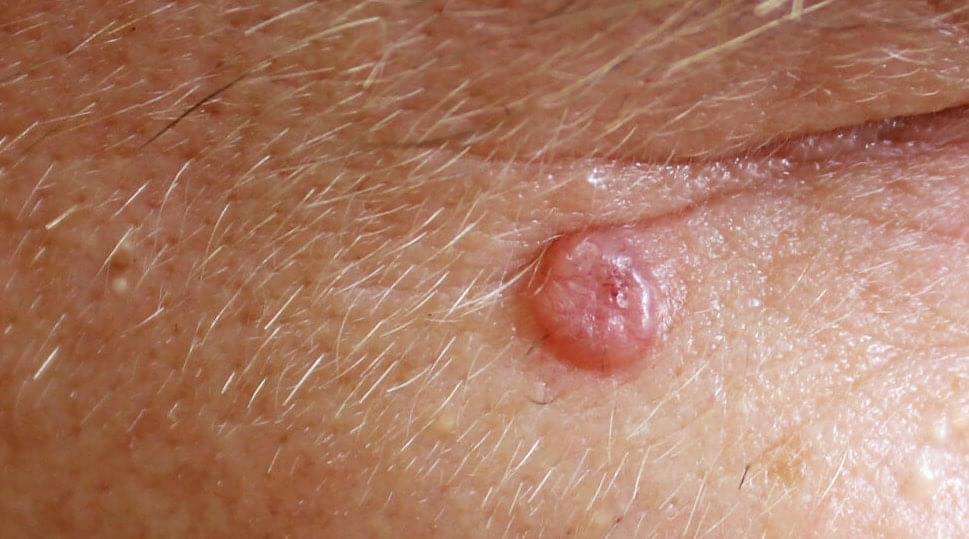
Basal Cell Carcinoma
In the non-melanoma skin cancer group, there are the Squamous Cell Carcinomas (which are more dangerous) and the Basal Cell Carcinomas (the most common and least dangerous). These are usually due to cumulative ultraviolet damage to the skin over many years.
Each method has different benefits, so depending on the type of Skin cancer and where it is situated, we will recommend the most suitable options for your needs. (See below for a more detailed description of techniques available)

LATEST TECHNOLOGY
State of the art equipment for
the best results.

CERTIFIED DOCTORS
Over 50,000 treatments performed
& 26 years of experience.

SAFE TREATMENTS
Expert techniques and knowledge
to avoid complications.

PERSONALISED CARE
Customised approach to your
specific needs and concerns.
Ready For The Reassurance Of Knowing Your Skin Is In Check?
This Is What To Expect In Your Skin Cancer Check Appointment
The patient is undressed down to the underwear. The doctor will examine your skin from head to toe, looking for the above common skin cancers, pre-cancerous sun spots (Actinic Keratoses) and also note existing benign lesions such as seborrhoeic keratoses, benign naevus (normal moles). The pre-cancerous sun spots are often treated with cryotherapy when identified, while lesions suspected of skin cancer need a biopsy under local anaesthetic. More advanced skin checks might include AI-total body imaging and the use of Laser Induced Plasma spectroscopy to analyse lesions real-time.
Melanoma Skin Cancers

Melanomas are the most dangerous of skin cancers and have to be managed quickly and carefully. They may arise from an abnormal mole or in normal skin. There is often a history of a severe sunburn episode in the past (maybe 5-10 years ago).
For suspicious lesions, traditional surgical excision with primary closure with suturing is the method of choice and the whole excised mole is sent for histopathological examination.
Non-Melanoma Skin Cancer

In the non-melanoma skin cancer group, there are the Squamous Cell Carcinomas (which are more dangerous) and the Basal Cell Carcinomas (the most common and least dangerous). These are usually due to cumulative ultraviolet damage to the skin over many years.
Each method has different benefits, so depending on the type of Skin cancer and where it is situated, we will recommend the most suitable options for your needs. (See below for a more detailed description of techniques available)

Meet Dr. Sam Seit
Founder & Medical Director At The SCCC
Founder and Medical Director Dr. Samuel Seit is passionate in the field of skin cancer and cosmetic surgery. He is constantly in search of cutting-edge treatment modalities to give patients the best possible results using the least invasive techniques in both the skin cancer and cosmetic fields of medicine.
He has lectured and served as session Chair in numerous national and international conferences. He is currently the principal investigator in a pioneering research in using Lasers for real time diagnosis of Skin Cancer via Spectroscopy and Artificial Intelligence.
Regular skin checks are vitally important for detecting cancerous moles and melanoma
See how Dr Sam Seit uses different treatments to remove moles with a nice cosmetic outcome:
Mole Removal with Radiosurgery
If you have a mole or unwanted lesion in a cosmetically sensitive area and you want to remove it without having much scarring this is the procedure togo!
CO2 Laser Mole Removal
CO2 laser can be used for precise vaporization of moles that have melanocytes occurring above and below the skin surface.
Shave & Electrosurgery
This treatment involves shaving the benign raised mole under local anaesthetic to the level of the skin with a surgical blade and the base is cauterised with an electrical surgical device.
Meet Dr. Sam Seit
Founder & Medical Director At The SCCC

Founder and Medical Director Dr. Samuel Seit is passionate in the field of skin cancer and cosmetic surgery. He is constantly in search of cutting-edge treatment modalities to give patients the best possible results using the least invasive techniques in both the skin cancer and cosmetic fields of medicine.
He has lectured and served as session Chair in numerous national and international conferences. He is currently the principal investigator in a pioneering research in using Lasers for real time diagnosis of Skin Cancer via Spectroscopy and Artificial Intelligence.
Regular Skin Checks Are Vitally Important For Detecting Cancerous Moles And Melanoma
See how Dr Sam Seit uses different treatments to remove moles with a nice cosmetic outcome:
Mole Removal with Radiosurgery
If you have a mole or unwanted lesion in a cosmetically sensitive area and you want to remove it without having much scarring this is the procedure togo!
CO2 Laser Mole Removal
CO2 laser can be used for precise vaporization of moles that have melanocytes occurring above and below the skin surface.
Shave & Electrosurgery
This treatment involves shaving the benign raised mole under local anaesthetic to the level of the skin with a surgical blade and the base is cauterised with an electrical surgical device.
Detected Cancer from Skin Cancer Checks At The SCCC
Every year in Australia, around 1,200 people die from skin cancer and melanomas. The sad thing is that skin cancer is a preventable and readily treatable form of cancer. In fact, 95% of skin cancers are treatable if they are detected early. Don't wait. Book an appintment today!
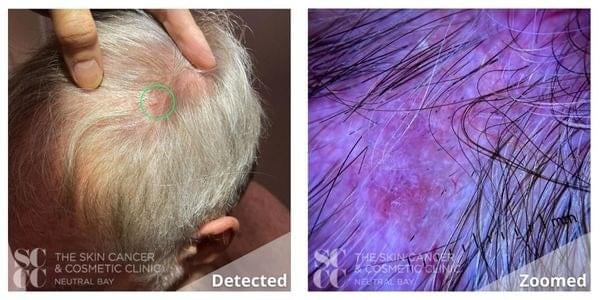
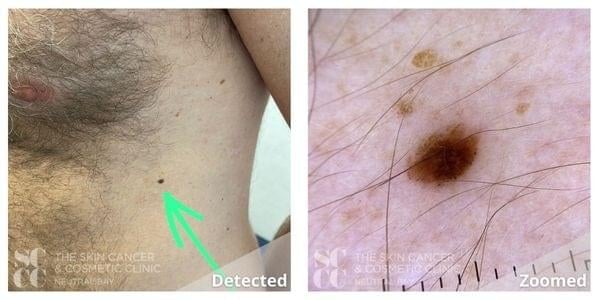
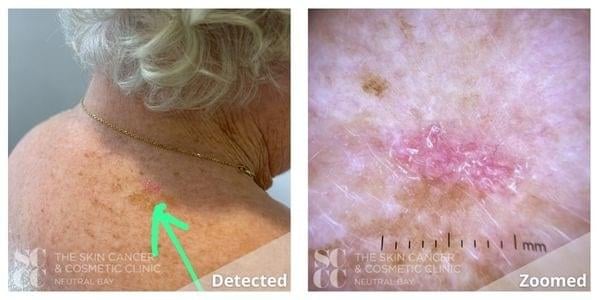
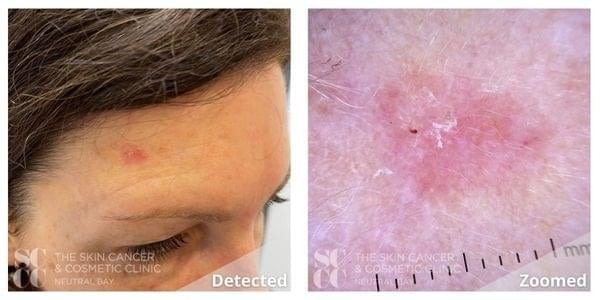
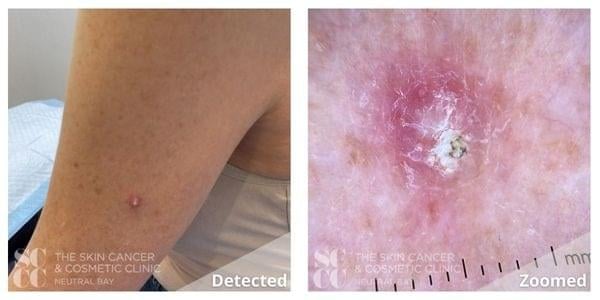
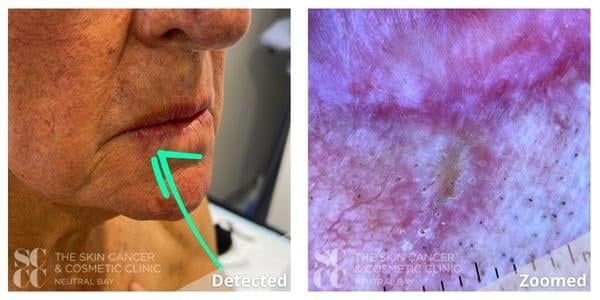
FAQ.
Get All The Answers



How long it takes?
From start to finish, a Mole Removal appointment takes about 30 minutes. Mostly this involves discussion about the procedure and the aftercare. The procedure itself takes less than 10 minutes.
Does it hurt?
After injection of local anaesthetic there is no pain. After the anaesthetic wears off you may experience a feeling like mild sunburn in the treatment area for a short period of time.
What to expect after?
The area will take approximately 10-14 days to achieve a smooth pink mark. This colour will fade over time.


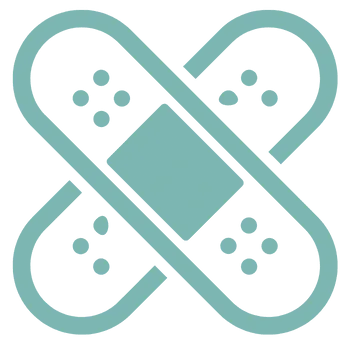
How much does it cost?
The cost varies depending on which method we use, the size of the mole and site of the mole to be removed. By booking a No-Obligation consultation we will be able to give you an estimated price after your first visit.
How many visits will I need?
One visit is usually sufficient to remove each skin lesion or mole, although follow up treatments are sometimes required.
Will I get a scar?
We use the latest technology which allows pinpoint accuracy when removing unwanted lesions in a way that causes minimal to no scarring.
FAQ.
Get All The Answers

How long it takes?
From start to finish, a Mole Removal appointment takes about 30 minutes. Mostly this involves discussion about the procedure and the aftercare. The procedure itself takes less than 10 minutes.

Does it hurt?
After injection of local anaesthetic there is no pain. After the anaesthetic wears off you may experience a feeling like mild sunburn in the treatment area for a short period of time.

What to expect after?
The area will take approximately 10-14 days to achieve a smooth pink mark. This colour will fade over time.

How much does it cost?
The cost varies depending on which method we use, the size of the mole and site of the mole to be removed. By booking a No-Obligation consultation we will be able to give you an estimated price after your first visit.

How many visits will I need?
One visit is usually sufficient to remove each skin lesion or mole, although follow up treatments are sometimes required.

Will I get a scar?
We use the latest technology which allows pinpoint accuracy when removing unwanted lesions in a way that causes minimal to no scarring.
Don't Just Take
Our Word For It!
We spot the spots that you might not
Melanoma is hard to detect with an untrained eye. With our AI Speclipse Skin Cancer Check Laser we can detect any potential skin cancers that can’t be seen with visual checks.
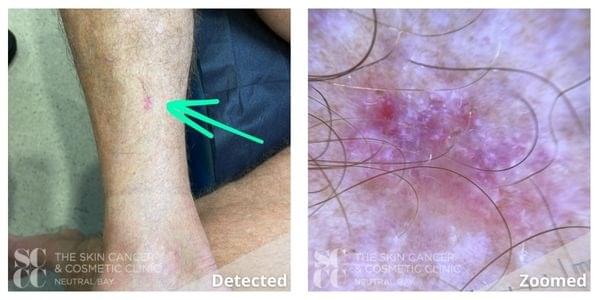
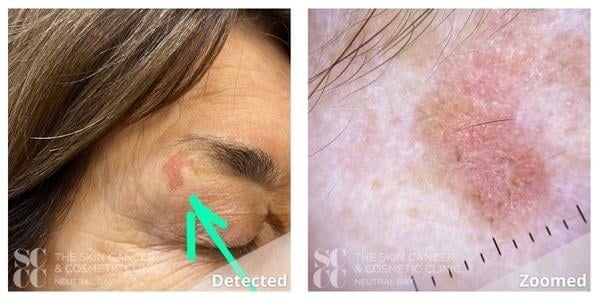
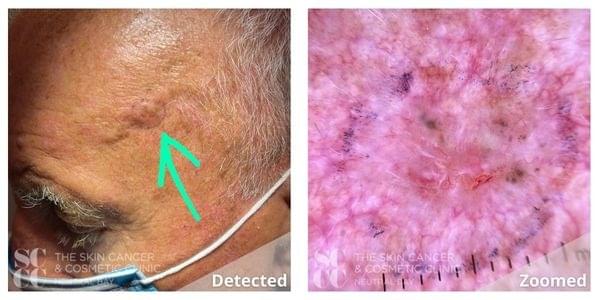
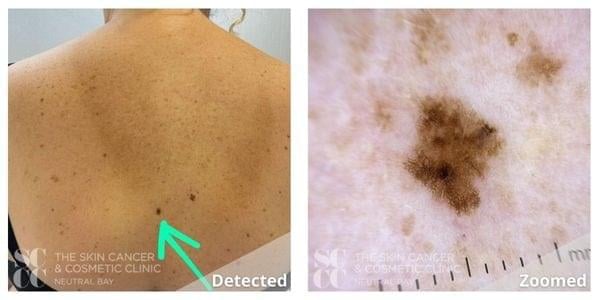

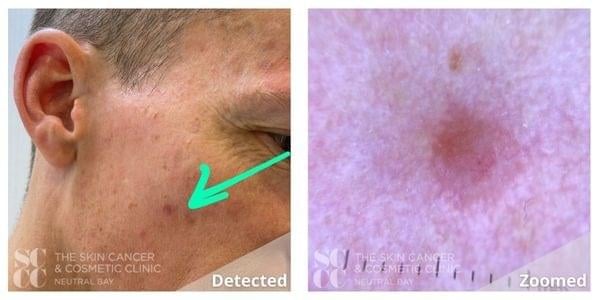
All Your Questions Answered
FAQ's
Leave No Spot Unchecked
Book Your Appointment Today !
Since its inception in 2002, the staff at the Skin Cancer and Cosmetic Clinic have been servicing the skincare needs of its patients – offering highly sophisticated, fully equipped laser and cosmetic treatments and has now treated well over 30,000 skin malignancies either through surgery or non-surgical treatments.
Our Location:
Shop 7, 27-35 Grosvenor Street, Neutral Bay, NSW
Leave no spot unchecked
Book an appointment today!
Since its inception in 2002, the staff at the Skin Cancer and Cosmetic Clinic have been servicing the skincare needs of its patients – offering highly sophisticated, fully equipped laser and cosmetic treatments and has now treated well over 30,000 skin malignancies either through surgery or non-surgical treatments.
Our Location:
Shop 7, 27-35 Grosvenor Street, Neutral Bay, NSW
Watch Dr Sam's Latest Interviews...

Shop 7 / 27-35 Grosvenor St. Neutral Bay NSW 2089
(02) 9904 2211
